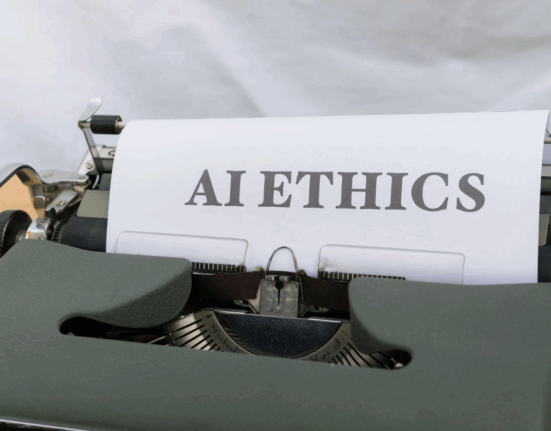Introduction: Why Computer Vision Matters in Healthcare
Healthcare is data-rich but often technology-poor. Many hospitals and clinics still depend on legacy systems that struggle to keep up with modern demands. Computer vision healthcare integration provides a solution, adding AI-driven intelligence to aging infrastructure. From diagnostics to patient monitoring, computer vision helps medical staff save time, reduce errors, and improve care.
What Is Computer Vision in Healthcare?
Computer vision in healthcare uses AI to analyze medical images, videos, and live feeds. It assists clinicians with diagnosis, monitors patients, and enhances operational workflows.
Why Integrate Computer Vision into Legacy Systems?
Cost Efficiency
Upgrades extend the lifespan of existing systems instead of replacing them.
Improved Diagnostics
AI-enhanced imaging identifies anomalies earlier and more accurately.
Better Patient Monitoring
Vision tools track patient movement, fall risks, or changes in vital signs.
Operational Efficiency
Automation reduces manual workloads for medical staff.
Challenges in Computer Vision Healthcare Integration
Compatibility Issues
Older systems may not easily connect with AI frameworks.
Data Privacy Concerns
Strict compliance with HIPAA and GDPR is mandatory.
Infrastructure Limitations
Legacy hardware may lack the processing power for AI tasks.
Staff Training Needs
Healthcare professionals require support to use new tools effectively.
Steps for Successful Computer Vision Integration
1. Assess Existing Systems
Evaluate hardware and software readiness for AI upgrades.
2. Define Use Cases
Choose clear goals, such as radiology imaging support or patient monitoring.
3. Select the Right Tools
Use frameworks like OpenCV, TensorFlow, or vendor-specific APIs.
4. Ensure Compliance
Implement strict data security and privacy protocols.
5. Pilot Before Scaling
Start with small projects before full system integration.
Applications of Computer Vision in Healthcare
- Radiology: Identifying tumors, fractures, and anomalies in scans.
- Pathology: Analyzing slides for more accurate diagnostics.
- Patient Safety: Detecting falls and unusual patient movements.
- Surgery: Assisting surgeons with real-time visual guidance.
- Administration: Automating patient flow and resource allocation.
Case Study: Radiology Department Upgrade
A hospital integrated computer vision into its legacy imaging systems. AI flagged suspicious nodules in chest X-rays, improving early lung cancer detection by 25% compared to manual review alone.
Best Practices for Integration
- Collaborate with AI vendors experienced in healthcare.
- Train staff to adopt new workflows.
- Use hybrid approaches combining edge devices and cloud AI.
- Monitor results and refine continuously.
Future of Computer Vision Healthcare Integration
Edge AI in Hospitals
On-site AI tools reduce latency for real-time decision-making.
Explainable AI for Doctors
Transparent models make results easier for clinicians to trust.
AI-Driven Personalized Medicine
Computer vision will support tailored treatments based on patient-specific data.
Global Interoperability Standards
Standardized frameworks will simplify integration across systems worldwide.
Conclusion: Smarter Healthcare with Computer Vision
Computer vision healthcare integration transforms outdated systems into powerful diagnostic and monitoring tools. By upgrading rather than replacing infrastructure, hospitals can save costs, improve outcomes, and prepare for a future where AI and healthcare work hand in hand.
FAQ
1. What is computer vision healthcare integration?
It’s the process of enhancing legacy healthcare systems with AI-powered visual analysis.
2. Why should hospitals integrate computer vision into legacy systems?
It improves diagnostics, monitoring, and efficiency while extending infrastructure life.
3. What challenges come with integration?
Compatibility, compliance, infrastructure, and staff training.
4. What are the main applications of computer vision in healthcare?
Radiology, pathology, patient monitoring, surgery assistance, and administration.
5. How can hospitals start computer vision integration?
By assessing current systems, defining use cases, and piloting small projects.








